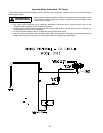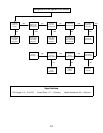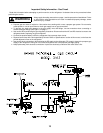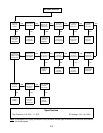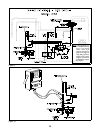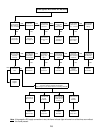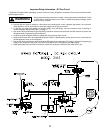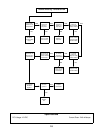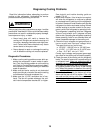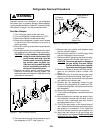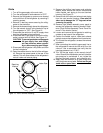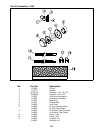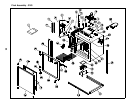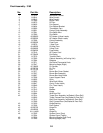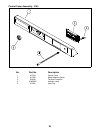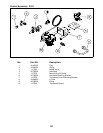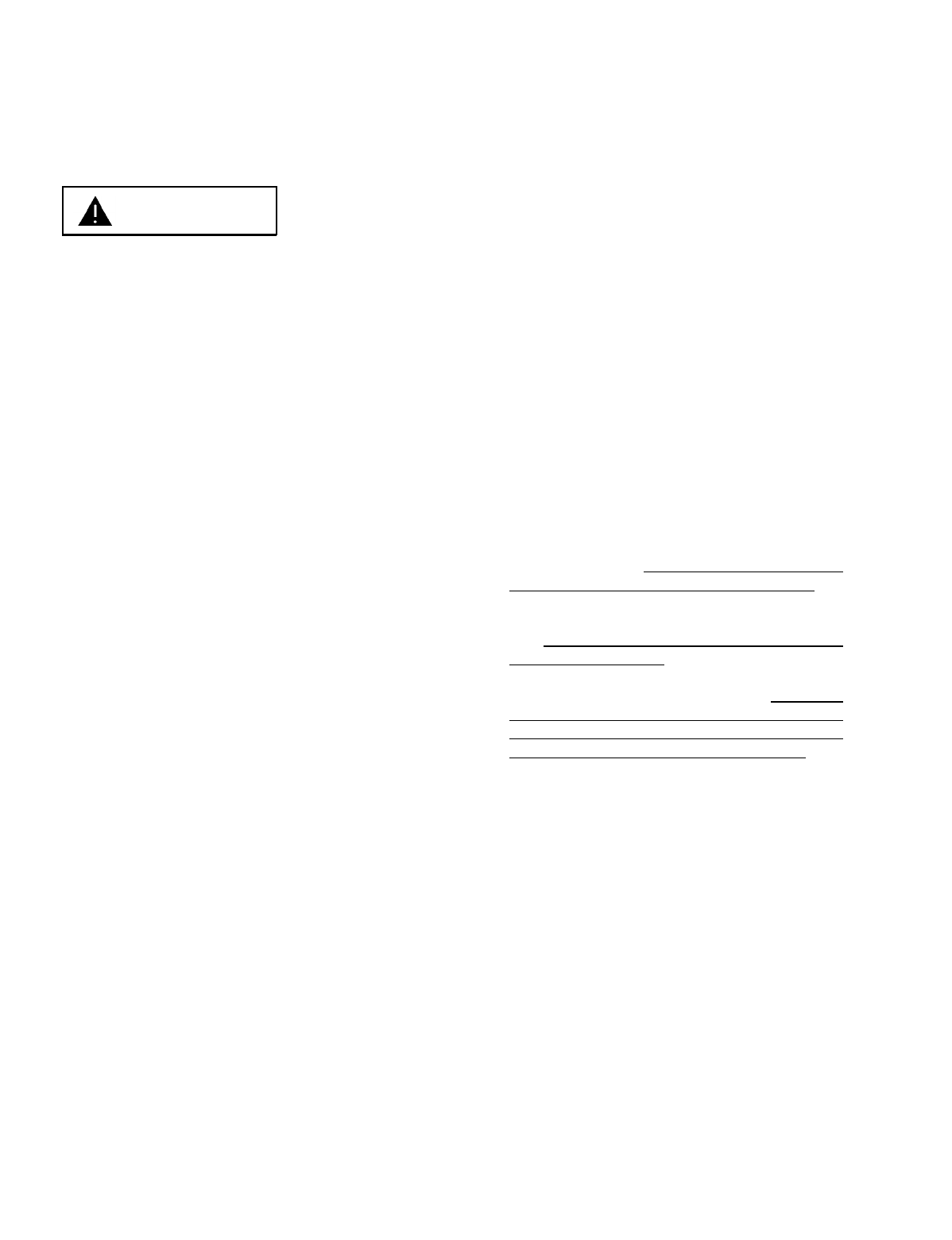
Diagnosing Cooling Problems
Read this information before attemptin
g
to perform
service on this refri
g
erator. Understand the service
procedures before performin
g
the service.
Always apply the safety precautions on page 1 and the
precautions listed below. Failure to follow these safety
precautions can result in substantial property damage,
severe personal injury, or death.
•
Never bend, drop, drill, weld, or hammer the
coolin
g
unit. Doin
g
so can cause the coolin
g
unit
to rupture, releasin
g
chemicals under hi
g
h pres-
sure. Contact with these chemicals ma
y
cause
severe burns to the e
y
es or skin.
•
Never attempt to repair or rechar
g
e the coolin
g
unit. A defective coolin
g
unit must be replaced.
Diagnostic Procedures
1. Make sure the coolin
g
problem occurs while op-
eratin
g
the refri
g
erator in each mode of opera-
tion. If not, the coolin
g
problem is not the coolin
g
unit. Refer to Trouble Shootin
g
sections to deter-
mine cause for insufficient coolin
g
on identified
mode of operation.
2. Make sure the interior ventin
g
is not obstructed
and is providin
g
air circulation across the coolin
g
unit’s absorber coils and condenser fins.
3. Make sure the 12 VDC ventilation fan is func-
tional. The fan will operate whenever the vehi-
cle’s interior temperature reaches 85
°
or hi
g
her.
See pictorial and trouble shootin
g
g
uide on
pa
g
es 17 & 18.
4. An off-level situation, if the infraction is mar
g
inal,
will allow the refri
g
erator to continue to operate
at a reduced level of coolin
g
until the refri
g
erator
is leveled. Greater off-level situations will stop the
refri
g
erant circulation and cease coolin
g
. Normal
vehicle levelin
g
to provide comfort for the occu-
pants is within the refri
g
erator’s operatin
g
limits.
The refri
g
erator’s operatin
g
limits are 3 de
g
rees
off-level front-to-back and 6 de
g
rees off-level
side-to-side. Operatin
g
the refri
g
erator outside of
these operatin
g
limits for an extended time will
cause irreparable dama
g
e to the coolin
g
unit.
5. Check the input volta
g
es and
g
as pressure to
insure correct heat input and volta
g
e limits.
The specifications are as follows:
a. 120 VAC - 108 VAC min. to 132 VAC max.
b. 12 VDC - 11.5 VDC min. to 15.4 VDC max.
c. Gas - 10.5" W.C. min. to 11" W.C.
Correct input volta
g
es and propane
g
as suppl
y
are critical for the coolin
g
unit to function properl
y
.
6. Check the area of the coolin
g
unit for refri
g
erant
leaks. The smell of ammonia is a positive si
g
n of
a refri
g
erant leak.
When an ammonia smell is
detected, the cooling unit must be replaced.
An-
other si
g
n of a refri
g
erant leak is the appearance
of a
y
ellow powder in the vicinit
y
of the coolin
g
unit.
When this powder is observed, the cooling
unit must be replaced.
7. Check the absorber coils; the bottom coil will be
warm and the top coil will be cooler.
If the coils
are cold and the cooling units flue enclosure is
too hot to touch, there is a blockage in the cooling
unit and the cooling unit must be replaced.
WARNING
19



